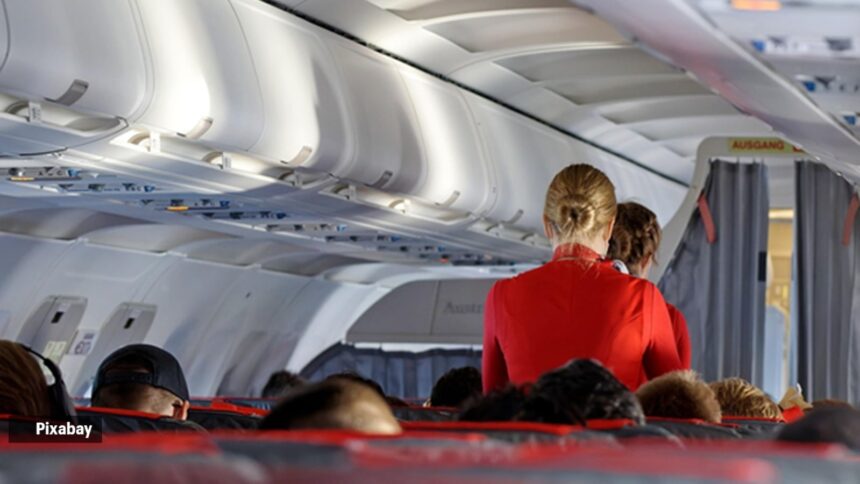We have previously written about the on an airplane, the difference between PAN PAN and aviation emergency signals, and why cabin crew ask you to keep the in an upright position and up during takeoff and landing. Now, in the wake of aviation accidents like the Ahmedabad plane crash on June 12, the focus is back on safety procedures followed inside an aircraft. So, have you ever observed and wondered why cabin crew tuck their hands under their thighs after putting on their seat belt? Let’s find out.
Flight attendants are seen with their feet flat on the ground, head against the headrest, and tucking in the seatbelt while their hands rest on the thighs or under them. This is also part of a safety protocol followed to maintain stable posture, said Colonel Rajgopalan, founder, Aviation Training India.
What appears to be sitting on their hands is known as the “brace position” during takeoff and landing. This is said to “minimise injury during emergencies”. “This position, with hands under the thighs and palms facing up, helps prevent flailing and makes it easier for them to react and assist passengers if needed. In simple words, the position provides a stable base for the body and helps flight attendants maintain balance during turbulence or unexpected movements,” Rajgopalan said.
The cabin crew may also keep their hands on the thighs to brace or react if needed in case of turbulence or an emergency. “In emergencies, loose limbs can become . Keeping hands tucked under the thighs or over it reduces the risk of arm or hand injuries in the event of sudden impact or turbulence,” said Rajgopalan.
This helps cabin crew reduce the risk of dislocations, fractures, or head injuries that may occur.
Rajgopalan said that the brace position puts flight attendants in a “prepared and alert state”, ready to quickly assist and evacuate passengers. “Cabin crew not only give out safety instructions, they follow them when needed, which includes opening emergency exits, or aiding evacuation in case of an untoward emergency,” said Rajgopalan.
The expert explained that practicing the brace position during critical phases of a flight, including takeoff and landing, “reinforces muscle memory”, which allows them to instinctively react in a real emergency.








